2 Mar 2021
Wound healing, scarring, pigmentation, eczema and skin barrier. The LEO Foundation is awarding DKK 17 million to five particularly interesting skin research projects conducted by researchers in four different countries.
LEO Foundation research grants are awarded in open competition to support the best skin research projects worldwide. With grants between DKK 2-4 million, grantees from five research institutions in four different countries – Austria, Italy, United Kingdom, USA – are ready to improve the understanding and treatment of the skin and its diseases.
The five projects’ contribution to skin research span a wide range of fields – from understanding why skin in the facial region heals faster than the rest of the body to addressing the challenge that treatments for atopic dermatitis only work as long as they are given.
Skin pigmentation research in Italy
Marta Giacomello is Assistant Professor at University of Padova in Italy and is one of the grantees. She is awarded DKK 4 million to conduct research on the role of a certain protein – AIFM3 – in determining skin pigmentation. In preliminary studies, Marta Giacomello has found that AIFM3 is likely to be pivotal for melanogenesis – the complex process by which the skin pigment melanin is produced.
Marta Giacomello hopes that the project will lead to new discoveries on the role of AIFM3:
“As AIFM3 is very poorly studied, the project will provide unprecedented insight into its role in determining skin pigmentation – not only on a physiological level, but also on pathological conditions such as albinism and vitiligo,” she said.
Research projects selected for funding
Kathleen Green
Professor, Northwestern University, IL, USA, DKK 3m
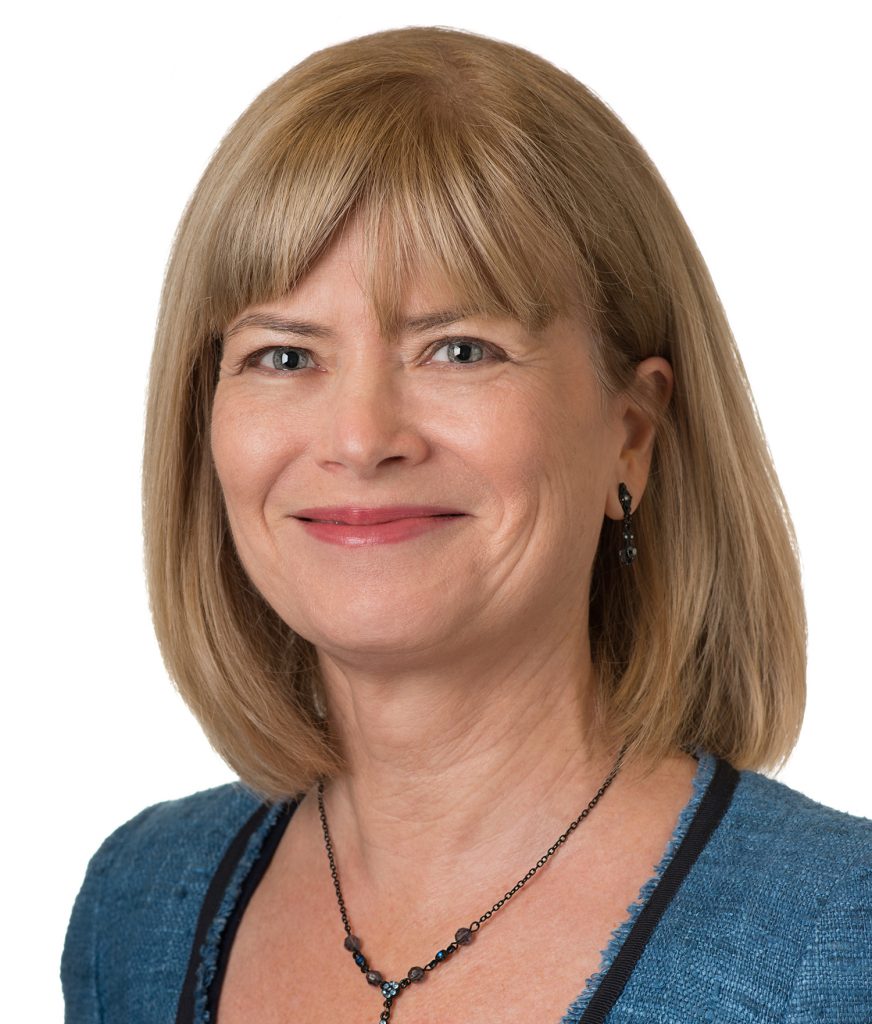
Keratinocyte contributions to inflammatory skin disease – Desmoglein 1 loss as a model
The aim of this project is to study how the loss of a cell-cell adhesion protein called Desmoglein 1 helps drive activation of the immune system in inflammatory skin diseases.
The skin’s outermost layer, the epidermis, is made up of closely connected skin cells and plays a critical role in establishing an efficient barrier between the human body and the environment. Failure of this barrier in infectious, inflammatory and genetic skin diseases leads to clinical appearances driven by the interplay between the epidermis and the immune system.
Essential to establishing this epidermal barrier is a member of the desmosomal cadherin family of intercellular adhesion molecules, Desmoglein 1, whose best-known function is to connect neighboring skin cells together. Professor Green and her team at Northwestern University, along with the group of Dr. Eran Cohen-Barak, Ha’Emek Medical Center Afula, Israel, are studying Desmoglein 1 functions that transcend their roles as ‘cell glue’. Their data suggest that loss of this protein increases immune responses and that the pathways activated are similar to those observed in inflammatory skin diseases like psoriasis.
Dr. Green and her team will use Desmoglein 1 deficient mice and Desmoglein 1 deficient human cells and tissues to determine the extent to which lack of this protein contributes to inflammatory skin diseases and to define molecular pathways that connect Desmoglein 1 to the immune system.
Maksim Plikus
University of California – Irvine, CA, USA, DKK 4m
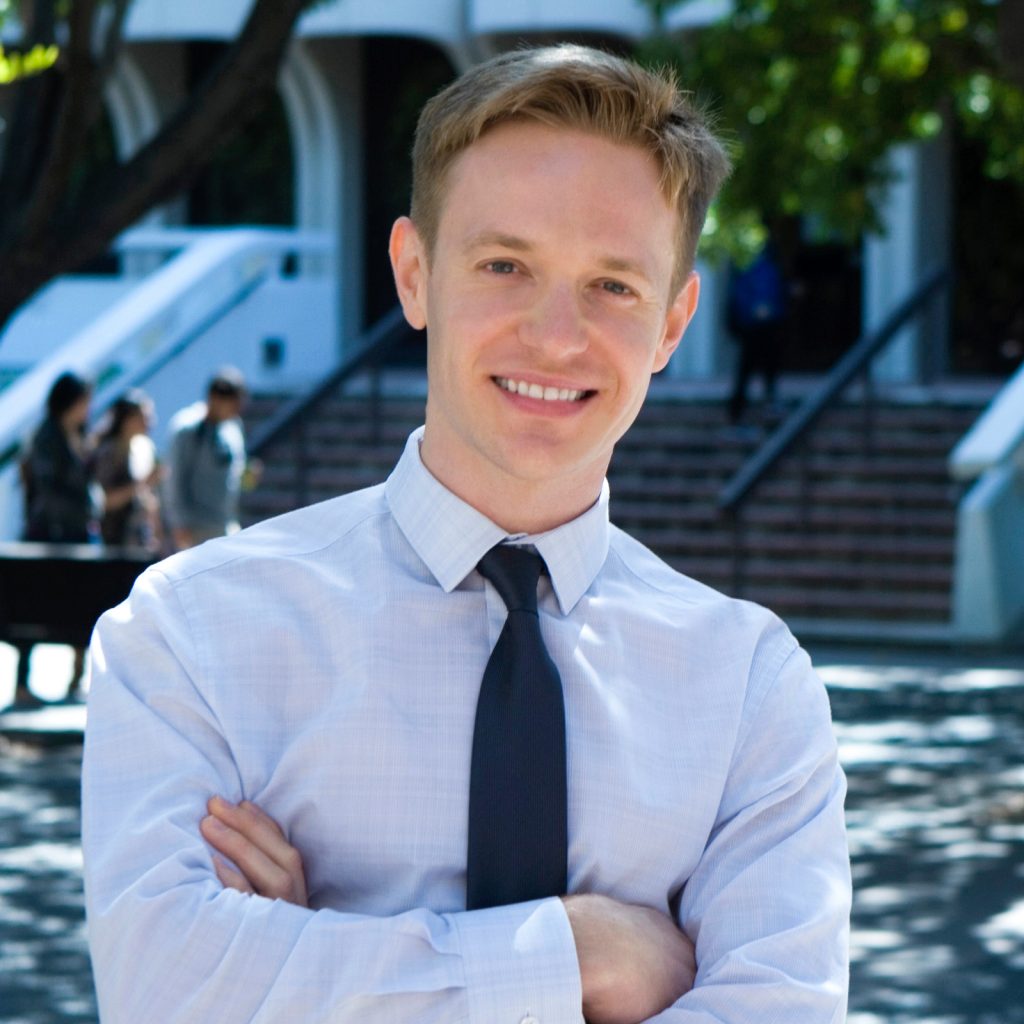
Regeneration of new fat cells in skin wounds from epigenetically plastic myofibroblasts
The aim of this project is to study regeneration of new skin, complete with hair follicles, glands and adipose (fat) tissue.
Maksim Plikus will use a mouse model where many new hair follicles and adipocytes (fat cells) are formed from the center of large skin wounds. It is known that at the center of large wounds, there are cells (called myofibroblasts) that are essential for wound healing – and that these cells can ‘re-program’ into fat cells which are essential for scarless wound healing. This capacity to change is lost at the edges of large wounds and in smaller wounds.
The re-programming will be investigated by looking into how the myofibroblasts change during wound healing and identify the source of the fat cell growth factors responsible for the change. The findings will be used to better understand why these changes do not take place at wound edges but start from the wound center.
If successful, the project may pioneer a new research direction on regenerative wound healing and inspire new therapeutic approaches to scarring.
Marta Giacomello
Assistant Professor, University of Padua, Italy, DKK 4m
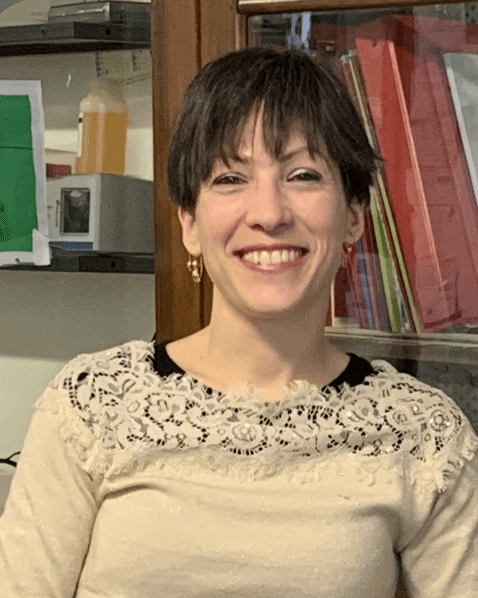
Switching on melanogenesis: characterization of a yet undiscovered player in melanin production
The aim of this project is to further investigate the pathways leading to the production of melanin, a biological molecule that determines skin pigmentation and is responsible for skin color. The complex process for melanin biosynthesis, named melanogenesis, is not yet fully understood. Dysfunctional production of melanin reduces the protection of the skin from ultraviolet light and causes severe dermatological conditions like albinism and vitiligo.
In preliminary studies, Marta Giacomello has found that the pro-apoptotic protein AIFM3 is likely to be pivotal for melanogenesis. AIFM3 controls the crosstalk among two cell structures: the ‘endoplasmic reticulum’ (important in the synthesis, folding, modification, and transport of proteins), and ‘mitochondria’ (the ‘motors’ that generate most of the chemical energy needed to power the cell’s biochemical reactions).
Marta Giacomello’s research group will investigate this protein by analyzing its structure and function, its role in intracellular signaling cascades, its physical positioning within the cell and its role in melanogenesis.
As AIFM3 is very poorly studied (~10 publications), the project will provide unprecedented insight into its role in determining skin pigmentation.
Patrick Brunner
Associate Professor, Medical University of Vienna, Austria, DKK 3.5m
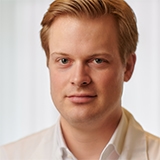
Deciphering the pathogenic immune infiltrate in atopic dermatitis subtypes
The aim of this project is to address the challenge that current treatments for atopic dermatitis (AD) only work as long as they are given.
A subgroup of the so-called tissue-resident memory (Trm) T-cells appears to be absent in healthy controls and in patients, who have outgrown their AD, but is still present at least a year after a successful clinical outcome following treatment with dupilumab.
Using state-of-the-art single-cell sequencing methods combined with advanced flow cytometry and so-called suction blistering for collecting sample material, the project will characterize the composition of cells and proteins within skin lesions of AD patients. Compared to most other approaches, this multi-omics approach is expected to provide a much more accurate reflection of what is going on in this complex disease which shows considerable heterogeneity from patient to patient.
The present project is an extension of a project previously supported by the LEO Foundation (LF18098) where Patrick Brunner successfully refined and validated his sample collection methods. The present project may guide future targeted AD treatment approaches in a more personalized and stratified manner and may offer a relatively short way from bench to bedside.
Tanya Shaw
Senior Lecturer, King's College London, UK, DKK 2.5m
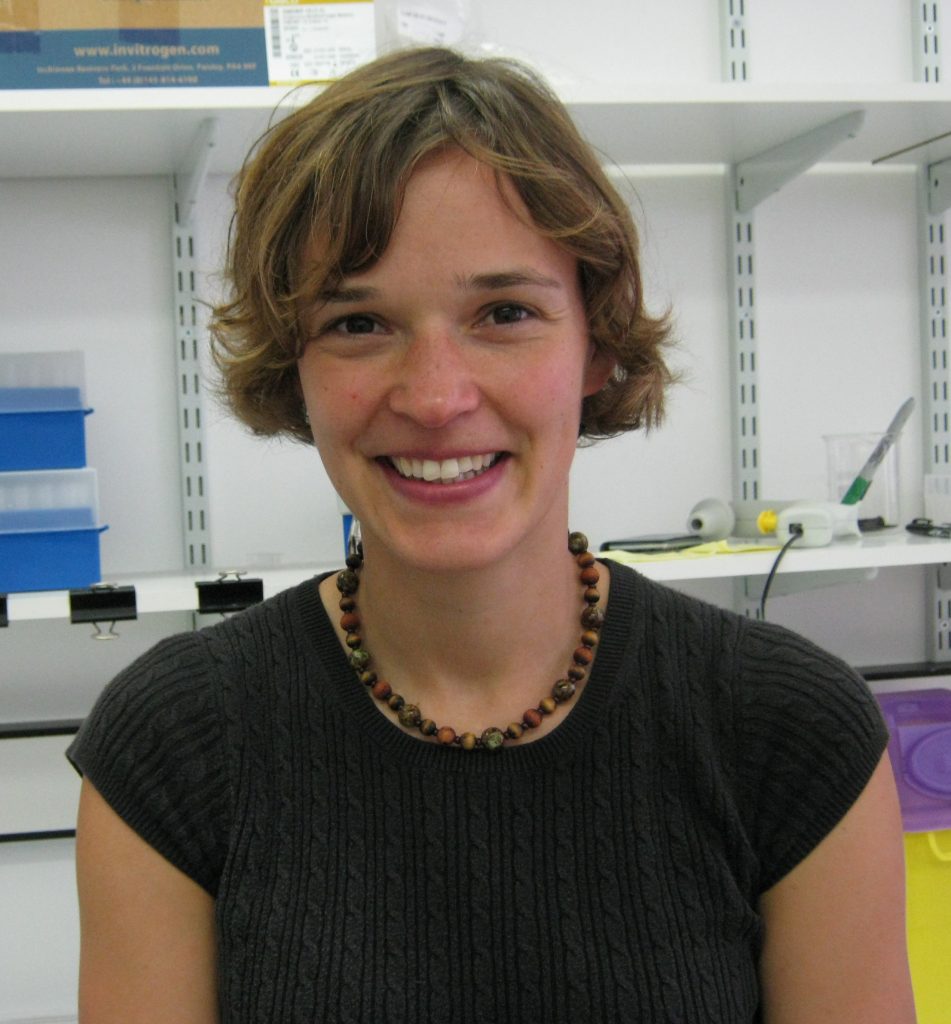
Investigating the developmental basis for anatomical variations in wound repair and disease susceptibility
The aim of this project is to investigate why skin in the facial region heals faster and often with less scarring than the rest of the body but are still prone for other fibrotic diseases like keloid scars.
Tanya Shaw hypothesizes that this is due to the dermal cells of the face being of a different origin than cells at other sites of the body. Dermal cells of the face stem from so-called neural crest cells and these cells are known for their fast migration and capacity to develop into a multitude of differentiated cells.
The approach of the project will be to:
- investigate the genetics and epigenetics of keloid scars to determine to what extent they originate from neural crest cells
- compare neural crest cell-derived fibroblasts to fibroblasts from other origins in term of plasticity and cell migration
- manipulate the neural crest cell features in a mouse wound model to investigate if they are critical for wound healing and scarring.
If the hypothesis can be confirmed, the project holds a strong promise for improvement of wound healing and scarring.
Evaluation process
LEO Foundation received a total of 43 applications in open competition for the application round. The five projects awarded made it through a process of academic evaluation with the Foundation’s independent Scientific Evaluation Committee as well as final approval by the Foundation’s Board.
The scientific committee has weighted the applications based on six criteria: 1) Significance and impact 2) Innovation and novelty 3) Strategy and approach 4) Lead investigator(s) and team 5) Environment and resources 6) Overall focus and project plan.
Apply for research grants
Researchers who would like to apply for a LEO Foundation research grant can apply here. Next application deadline is 5 March 2021.
The competition is open to talented researchers at any level of seniority from any country. The typical grant amount applied for is DKK 2-4 million for a period of 1-3 years.
